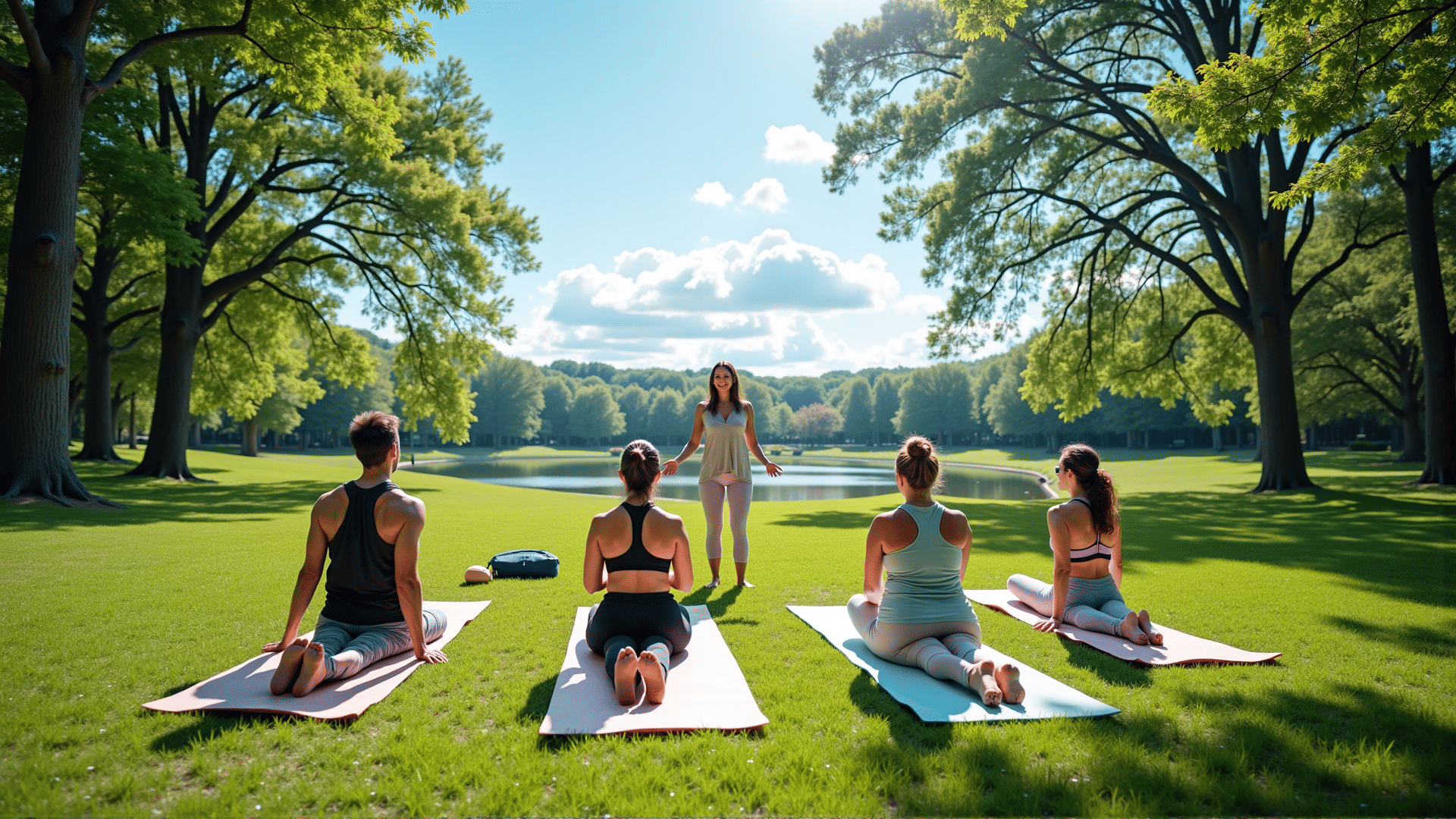Embarking on a yoga journey can be a deeply rewarding experience, offering numerous physical and mental benefits. Yoga not only improves flexibility and strength but also enhances mental clarity and emotional resilience. As a beginner, it's crucial to start your practice with the right mindset, tools, and techniques. Here's a comprehensive guide to get you started on your yoga path.
Setting the Right Environment
Creating a peaceful and dedicated space for practicing yoga can significantly enhance your experience. Choose a quiet area with enough space to move freely. Consider adding calming elements like soft lighting, candles, or essential oils to create a soothing atmosphere. Ensure you have a good yoga mat that provides sufficient cushioning and grip.
Basic Equipment
While you don't need much equipment to begin practicing yoga, a few basic items can be beneficial:
- Yoga Mat: Invest in a quality yoga mat to provide stability and prevent slipping.
- Blocks: These can be used to support various poses, making them more accessible.
- Straps: Useful for improving flexibility and achieving poses that require a bit more of a stretch.
- Comfortable Clothing: Wear clothes that allow you to move freely and are breathable.
Essential Yoga Poses for Beginners
Starting with simple poses helps build confidence and ensures you’re practicing safely:
- Mountain Pose (Tadasana): This fundamental standing pose improves posture and balance. Stand with feet together, weight evenly distributed, and arms at sides. Inhale and extend your arms overhead for added stretch.
- Downward-Facing Dog (Adho Mukha Svanasana): A classic pose that stretches the back and hamstrings while strengthening the arms and shoulders. Begin on all fours, tuck your toes, and lift your hips up and back.
- Child's Pose (Balasana): Offers a gentle stretch for the back, hips, and thighs. Kneel on the mat, sit back on your heels, and extend your arms forward, resting your forehead on the mat.
- Warrior I (Virabhadrasana I): Builds strength and stability in the legs and core. Stand with one foot forward in a lunge position, back foot angled slightly, and raise your arms overhead.
- Tree Pose (Vrksasana): A balancing pose that strengthens the legs and improves concentration. Stand on one leg with the sole of the opposite foot resting on your inner thigh, hands together at heart center or raised.
Tips for a Successful Practice
- Start Slow: It's vital to ease into your practice. Focus on learning the basics and understanding your body’s limits.
- Consistency is Key: Aim to practice regularly, even if it’s just 10-15 minutes a day.
- Listen to Your Body: Pay attention to how you feel in each pose. If something hurts, ease out of it. Yoga should never be painful.
- Focus on Your Breath: Breathing is a crucial element of yoga. Maintain steady breaths throughout your practice, using inhales and exhales to guide your movements.
Common Mistakes to Avoid
- Rushing into Advanced Poses: Avoid the urge to progress too quickly. Master the foundational poses first to build strength and flexibility.
- Comparing Your Practice to Others: Remember that yoga is a personal journey. Avoid comparing your practice to anyone else's.
- Ignoring Proper Alignment: Correct alignment prevents injuries and maximizes the benefits of each pose. Take the time to learn and maintain good form.
Seeking Guidance
Consider joining a beginner’s yoga class or following online instructional videos. Having an experienced instructor can help ensure you’re practicing correctly and safely, while also providing motivation and support.
Embracing the Journey
Yoga is more than a physical exercise; it’s a journey that fosters mindfulness and self-compassion. As you progress, you’ll likely experience heightened awareness and a deeper connection with yourself. Embrace this journey with an open heart and mind, and enjoy the transformative benefits that yoga has to offer.
By taking these initial steps, you'll build a solid foundation for your yoga practice, ensuring a safe, fulfilling, and enriching experience.
